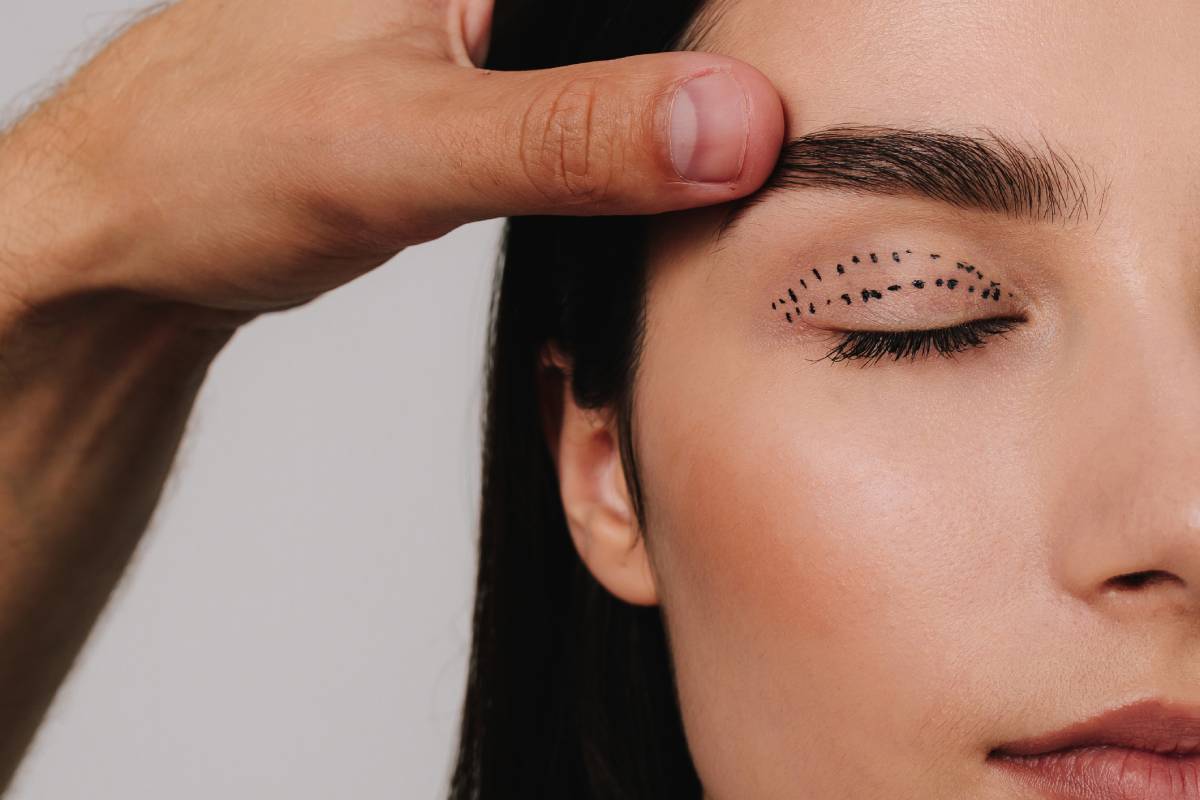Eyelid surgery is a popular surgery that patients undergo to remove excess fat and sagging from the eyelids. The procedure can be performed for either cosmetic or medical reasons, but in either case, it results in a more youthful and refreshed overall appearance. To give yourself the best chance at having a successful eyelid surgery treatment, you should become familiar with all aspects of the procedure. This refers not only to the treatment itself but also to the recovery process afterward. Today, we answer the question, “What is the recovery timeline for eyelid surgery?” so you can know what to expect following your eyelid surgery and take the correct steps toward preserving your eyelid surgery results.
What Is Eyelid Surgery?
Eyelid surgery, also known as blepharoplasty, is a type of corrective surgery that seeks to modify the appearance of a patient’s eyelids. Eyelid surgeries can be performed on both the upper and lower eyelids and additionally may be performed for either aesthetic or medical purposes. Eyelid surgeries have gained in popularity due to the positive impacts they can impart on a patient’s eyes and upper facial region.
What Is the Recovery Timeline for Eyelid Surgery?
There are several stages to eyelid surgery recovery. Luckily, these steps are the same whether you undergo female or male blepharoplasty. Directly after your procedure, you may experience some of the following side effects, most of which will subside after just a few days:
- Sensitivity to light
- Blurry vision
- Watery eyes
- Numbness surrounding your eyes
- Swollen eyelids
- Bruising
For safety, you should arrange to have someone pick you up from the doctor’s office and drop you back off at your home. In the initial period after the procedure, you may benefit from asking a trusted friend or family member to assist you in strenuous tasks. Many patients will experience their recovery period through the following stages:
- 1 week: Patients may experience continuous bruising and swelling, though they should not experience significant pain and discomfort. They should avoid activities that can lead to eye strain, such as extensive screen time or reading in the dark.
- 10 days: After ten days, most patients will be able to return to their normal daily activities. There is some chance of light bruising and swelling remaining.
- 2-3 weeks: At this point, most patients should find that virtually no swelling or bruising has disappeared and that they experience basically no pain at their surgical site. In addition, they should be free to engage in any activity, excluding impact-heavy contact sports.
- 4-6 weeks: By this point in the recovery process, almost all patients find that their eyes have returned to a completely normal state. If there continues to be some level of discomfort in your eyes, you may want to reach out to your physician to schedule a follow-up appointment to ensure that there was no abnormality in your surgery.
Enhancing Your Recovery Period
There are certain steps you can take to help ensure that you have a successful and speedy recovery. Take heed of the following practices that can help ensure that you do not experience any abnormalities during your recovery:
- Avoid straining your eyes by staying away from screens for the first few days
- Use any prescription eye drops or other medications advised by your physician
- Do not apply makeup around your eyes while your incisions heal
- Wear glasses rather than contact lenses for the first few days following your procedure
- Make sure that you wear proper sun protection if you plan on spending extensive periods outside
Your physician may have additional advice for you, depending on your health profile. Ensuring that you follow their advice closely can help you avoid any snags in your recovery period. In addition, you will be able to discuss any medical information of note with your physician prior to any surgical work being performed.
Upper Blepharoplasty vs. Lower Blepharoplasty
There is some difference between the recovery periods for upper and lower blepharoplasty. In general, the recovery period for an upper blepharoplasty is slightly shorter than the one for a lower blepharoplasty.
Besides this small discrepancy, the recovery periods for both types of eyelid surgery are similar. They should be treated in the same fashion, barring advice from your physician to do otherwise. Your doctor will be able to inform you if they think there are any special precautions that you will need to take on a personal level.
The Best Eyelid Surgeon Available
Mahsa Sohrab, MD, and the rest of her team are an award-winning oculofacial plastic surgeon who lives to deliver the best results possible. If you have questions about an upcoming eyelid surgery, contact our office to set up an appointment with our eyelid surgeon.
